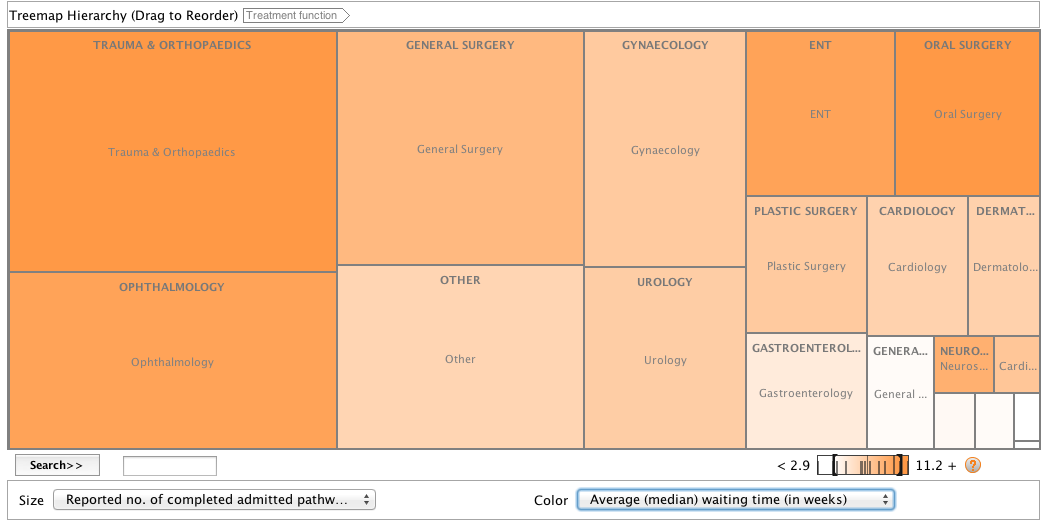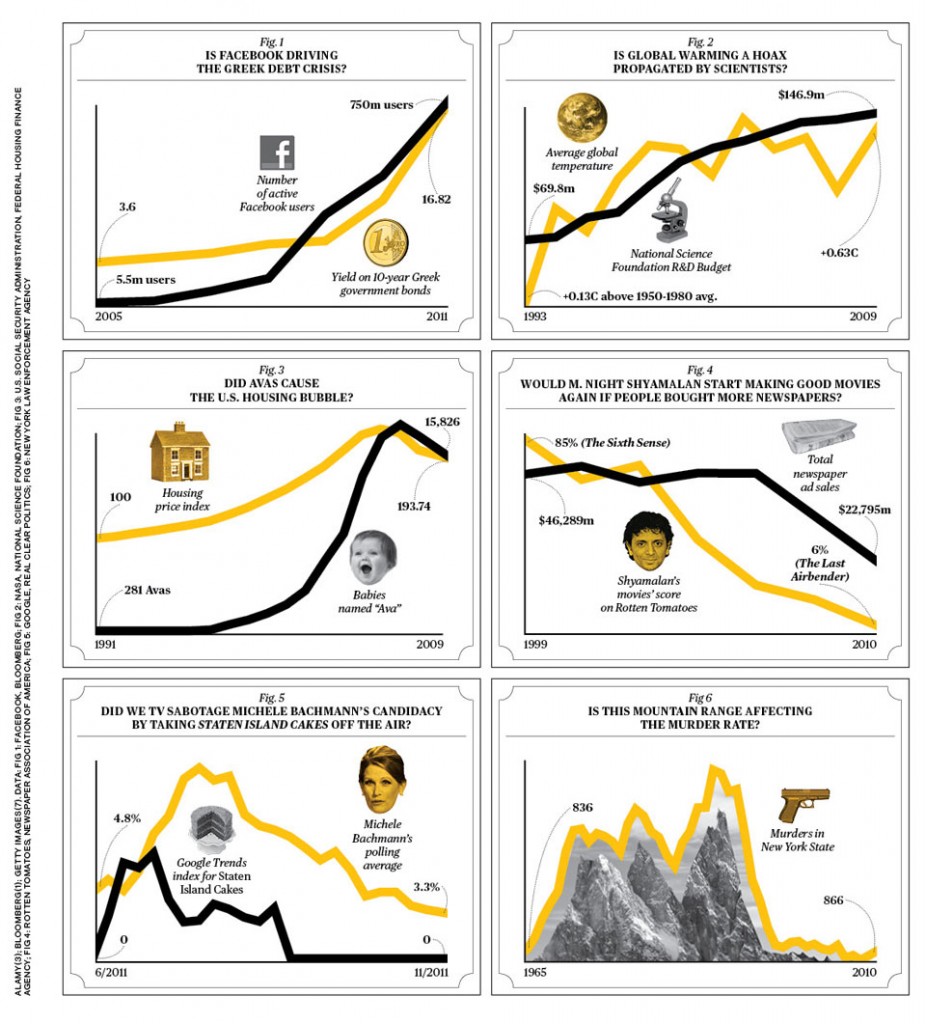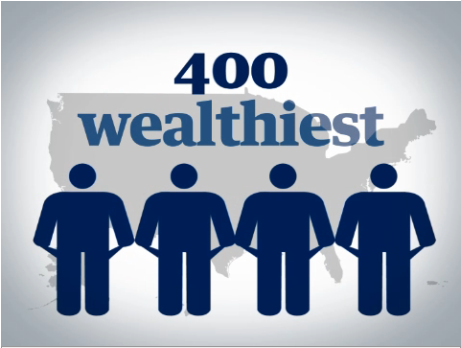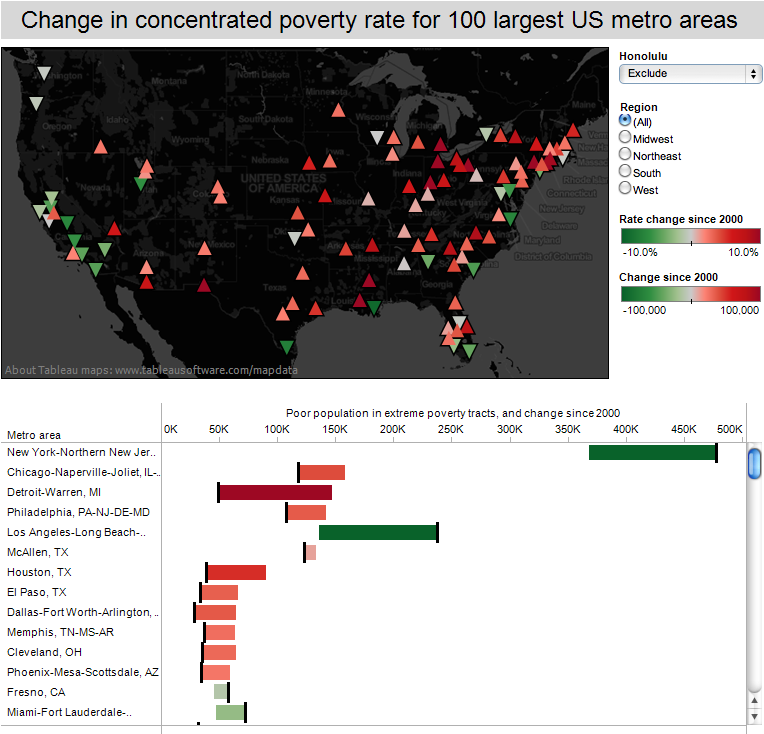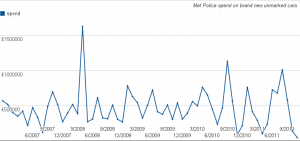 The Metropolitan Police’s expenditure on brand new unmarked cars is rising, a Freedom of Information request can reveal. In excess of £28 million was spent on new cars between December 2006 and November 2011.
The Metropolitan Police’s expenditure on brand new unmarked cars is rising, a Freedom of Information request can reveal. In excess of £28 million was spent on new cars between December 2006 and November 2011.
Annual spending figures show that expenditure has risen from £4.8 million in 2007, to £6 million in 2010, with spend exceeding the £1 million mark in single months alone; £1.6 million was spent in April 2008 alone, and £1 million spent in August 2011. Unmarked police cars do not display any police logos and are used by police to assist in operations and responding to incidents. These figures therefore exclude any money spent on the Metropolitan Police’s marked fleet cars, and considering the cuts being made to policing across the country, the increasing spend is concerning.
When questioned about the figures, a Metropolitan Police spokesperson said:
“The MPS Fleet contains over 5,000 vehicles with a wide range of functions, capabilities and specialisms. Maintaining the fleet requires the purchase and maintenance of vehicles – some of which are without police livery. Procurement of vehicles is through a competitive tender process and framework, ensuring we obtain best value for money. Unmarked vehicles are often directly involved with or support operational activity and although not instantly recognisable to the public, play a crucial role as part of our fleet and supporting policing London.” The Metropolitan Police refused to comment on how many cars that were bought with the figures revealed, nor on specifically the type of cars that were bought.
Emma Boon, Campaign Director of the Tax Payer’s Alliance commented on the matter saying: “It’s worrying that Met police spending on fast cars increased by over a million pounds in just a couple of years. Clearly the force will need some high performance vehicles to be able to do their job properly, but these figures show spending in this area increasing, even during the recent recession. With police budgets tight, the Met must get this spending under control and ensure that they are getting the best value for taxpayers’ money”.

